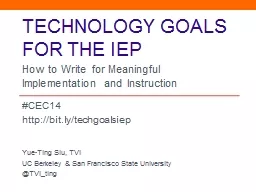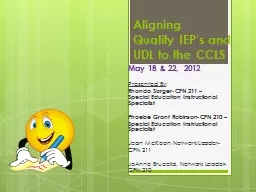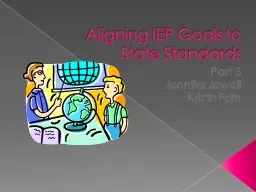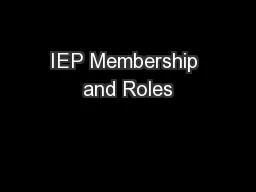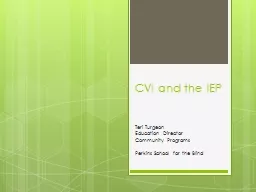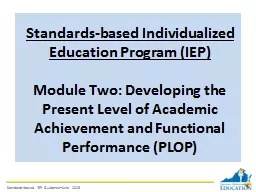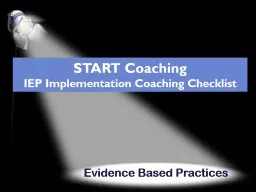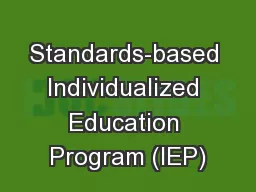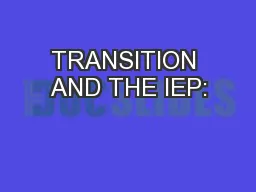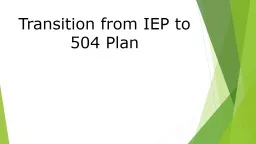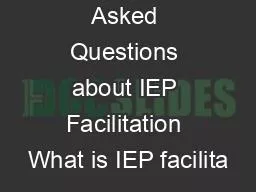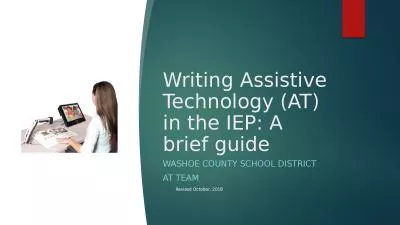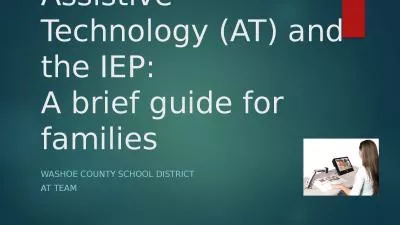PPT-Technology goals for the iep
Author : alida-meadow | Published Date : 2017-05-06
CEC14 http bitlytechgoalsiep YueTing Siu TVI UC Berkeley amp San Francisco State University TVIting How to Write for Meaningful Implementation and Instruction
Presentation Embed Code
Download Presentation
Download Presentation The PPT/PDF document "Technology goals for the iep" is the property of its rightful owner. Permission is granted to download and print the materials on this website for personal, non-commercial use only, and to display it on your personal computer provided you do not modify the materials and that you retain all copyright notices contained in the materials. By downloading content from our website, you accept the terms of this agreement.
Technology goals for the iep: Transcript
Download Rules Of Document
"Technology goals for the iep"The content belongs to its owner. You may download and print it for personal use, without modification, and keep all copyright notices. By downloading, you agree to these terms.
Related Documents

